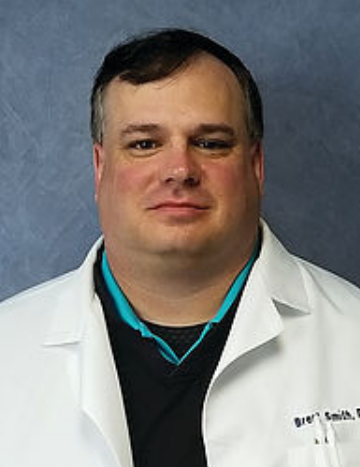Dental care in primary practice: Where we fit in
We have all encountered patients with caries and other dental issues and discussed with the patients and caregiver the importance of dental visits and brushing their teeth. What else should we be doing?
Brent Smith, PA-C, MMS, NCCPA

This is the first in a series of commentaries penned each month by leaders from Contemporary Pediatrics’ new content partner, the Society for Physician Assistants in Pediatrics (SPAP).
Mr. Smith, Member-at-Large and Board Member for SPAP, received his Bachelor of Science in Biology from Georgia Southwestern College in Americus, Georgia, next attending the University of Georgia for master’s work in education and later Emory University Physician Assistant school from which he obtained his Master of Medical Science.
In addition to membership in SPAP, Mr. Smith is also a member of the Georgia Association of Physician Assistants, American Academy of Physician Assistants, and the American Academy of Pediatrics. He is credentialed at Piedmont Columbus Regional Hospital where he chairs the Pediatric Preparedness Committee. He also is a Co-Trainer for the Pediatric Readiness Quality Collaborative, a national program through the Emergency Medical Services for Children.
In December of 2014, Mr. Smith earned a Certificate of Added Qualifications in Pediatrics from the National Commission on Certifications of Physician Assistants (NCCPA). This certification is in addition to his certification from the NCCPA and demonstrates knowledge and skills specific to pediatrics. He is married to Renee Smith, also a Physician Assistant, and they have one child, Emma.
The article “Pediatric oral health: Fluoride use recommendation” in the February 2019 issue of Contemporary Pediatrics discusses current recommendations and best practices in oral health for the primary provider. I think we have all encountered patients with caries and other dental issues and discussed with the patients and caregiver the importance of dental visits and brushing their teeth. What else should we be doing? In this article and part 1 of the series, the authors, Michelle Dalal, MD, Melinda Clark, MD, and Rocio B Quiñonez, DMD, MS, MPH, help us to understand where we fit in with regard to dental care.
Filling the void
The American Academy of Pediatrics (AAP) recommends that all patients see a dentist by 12 months of age, but in reality, this does not happen. Very few dentists in the area where I work will see kids at 12 months, and most say they will start seeing the patients only after they turn 3 years old. This leaves a long timeframe without dental care and primary care can help fill the void.
Recently, the office I work in started applying fluoride varnish to patients that have not been to the dentist. We start applying varnish at the 12-month or 15-month well check if the patient has 4 upper teeth. We will then reapply in 6 months until they see a dentist.
Teaming up tip
In short, this practice can be a challenge. These visits can be hard enough without trying to dry and paint the patient’s teeth. I have found that enlisting the caregiver in assisting with holding and applying the varnish serves 2 purposes. First, you just need extra hands. Providers are accustomed to finding ways to check ears and such, but applying something to teeth is a new adventure and we can use all the help we can get. Secondly, it gives you a good chance to interact with the caregiver and educate on the importance of dental visits and brushing.
The fluoride convo
Dietary fluoride supplementation is something I think that we as providers often forget to discuss. We often assume that patients live in an area where the water is fluorinated and forget that some of our patients have well water at home, which can also be a risk factor for lead, but that is another article. It is recommended by AAP to start supplementing with fluoride by age 6 months if the patient does not have a fluorinated source of water. This also can be tough to sell to caregiver when the child does not have teeth. For the reluctant caregiver, I will often tell them we can readdress when the child breaks the first teeth.
On occasion, you will have a caregiver who has concerns about fluorosis. The article authors touch on this and discuss giving only a small amount of toothpaste to children aged younger than 3 years and not allowing them to brush unsupervised, as well as checking patients’ water sources to be sure they do not contain fluoride before we prescribe supplements. Reassure the caregiver that, if any discoloration occurs, it is minor when compared to the destruction dental caries can cause and that the discoloration does not carry over to their child’s permanent teeth.
Our dental imperative
Primary care pediatric providers have a lot on their plates. Surveys, checklists, immunizations, sports forms, and a myriad of other things make up what we need to get done in that 10 to 20 minute well check. Dental health has to be a part of what we address at every well check with attention to dental visits, brushing their teeth, and ascertaining if they have fluorinated water sources. Per the article, dental caries may be reduced by up to 59% with the addition of fluoride varnish and its application needs to become part of our very busy well check.